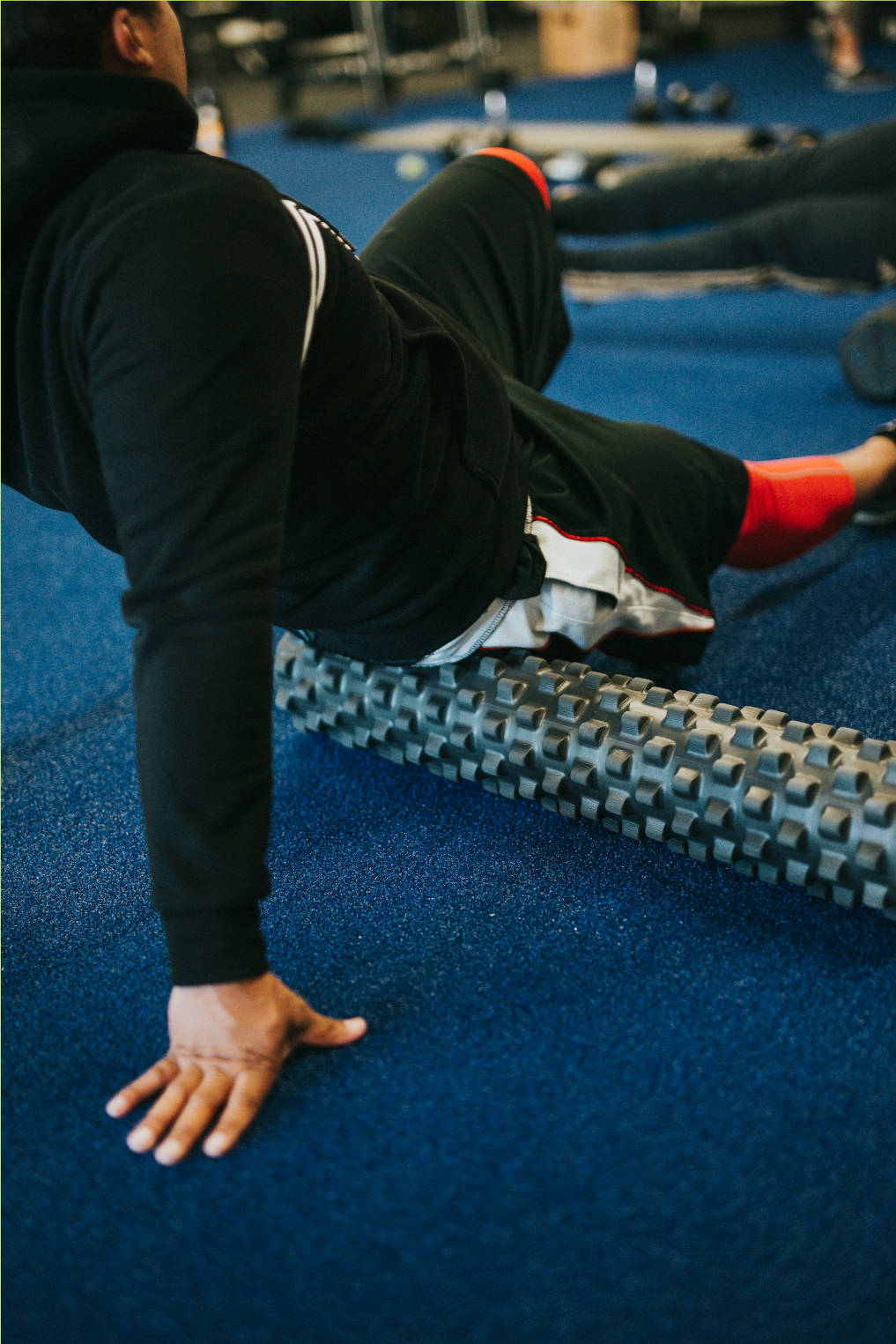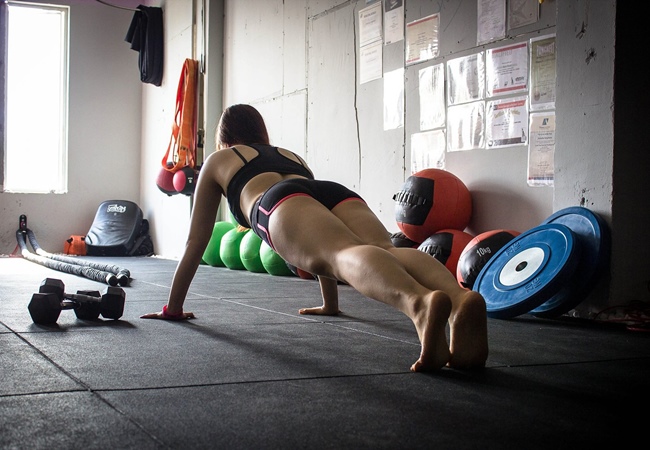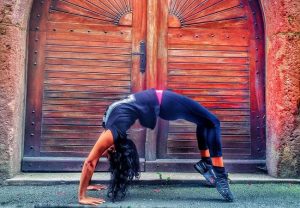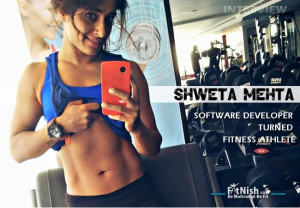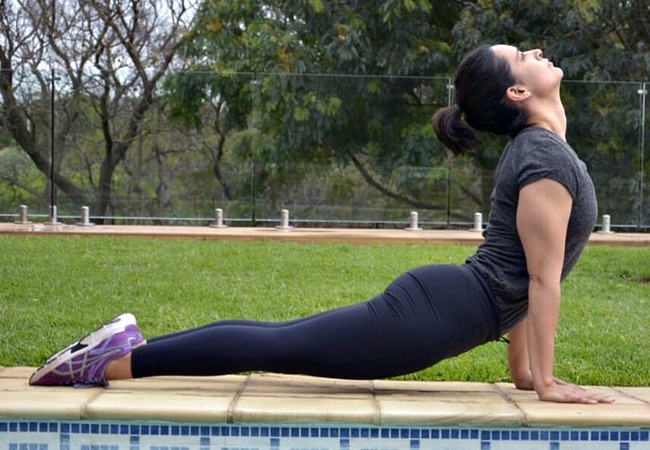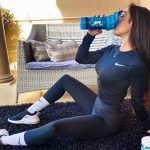When it comes to leg training, a proper warm-up is crucial for maximizing performance and minimizing the risk of injury. Warming up prepares your muscles, joints, and cardiovascular system for the intense work ahead. In this guide, we’ll explore effective warm-up techniques that can enhance your leg training sessions, ensuring you get the most out of every workout.
Why a Warm-Up is Essential
Before diving into specific techniques, it’s important to understand why warming up is essential:
- Increases Blood Flow: Warming up increases blood flow to your muscles, providing them with the oxygen and nutrients needed for optimal performance.
- Enhances Flexibility: A proper warm-up increases the range of motion in your joints, making it easier to perform exercises with correct form.
- Reduces Injury Risk: Gradually increasing the intensity of your activity prepares your muscles and joints, reducing the likelihood of strains and sprains.
- Mental Preparation: Warming up helps you mentally prepare for the workout ahead, allowing you to focus and perform at your best.
Effective Warm-Up Techniques for Leg Training
1. Foam Rolling (5-10 minutes)
Foam rolling is an excellent way to start your warm-up. It helps release muscle tension and improves blood flow. Focus on the major muscle groups in your legs, including:
- Quadriceps
- Hamstrings
- Glutes
- Calves
- IT Band
Spend about 1-2 minutes on each muscle group, using slow, controlled movements.
2. Dynamic Stretching (5-10 minutes)
Dynamic stretching involves moving parts of your body and gradually increasing reach, speed of movement, or both. It’s particularly effective for leg training as it mimics the movements you’ll be performing during your workout.
Recommended Dynamic Stretches:
- Leg Swings: Forward and backward leg swings to loosen up the hip flexors and hamstrings.
- Lateral Leg Swings: Side-to-side leg swings to target the inner and outer thighs.
- Walking Lunges: Perform lunges while walking to engage the quads, hamstrings, and glutes.
- High Knees: Jog in place while lifting your knees as high as possible to activate the hip flexors and calves.
- Butt Kicks: Jog in place, kicking your heels toward your glutes to stretch the quads.
3. Activation Exercises (5-10 minutes)
Activation exercises target specific muscle groups to ensure they are engaged and ready for the workout. These exercises help improve neuromuscular coordination and muscle activation.
Recommended Activation Exercises:
- Glute Bridges: Lie on your back with your knees bent and feet flat on the floor. Lift your hips towards the ceiling, squeezing your glutes at the top.
- Clamshells: Lie on your side with your knees bent. Keeping your feet together, lift your top knee as high as possible without rotating your pelvis.
- Monster Walks: With a resistance band around your ankles, step side-to-side while keeping tension on the band.
- Calf Raises: Stand on the edge of a step and raise your heels, focusing on squeezing your calves at the top of the movement.
4. Cardiovascular Warm-Up (5-10 minutes)
A light cardiovascular warm-up raises your heart rate and increases overall blood flow to your muscles. This can be done through:
- Jump Rope: A quick and effective way to get your heart rate up.
- Stationary Bike: Low-impact cardio that warms up your legs.
- Treadmill: Light jogging or brisk walking to prepare your lower body.
5. Movement-Specific Warm-Up (5-10 minutes)
Finally, it’s important to perform warm-up sets of the specific exercises you’ll be doing in your workout. This not only primes your muscles but also allows you to practice proper form.
Examples:
- Bodyweight Squats: Before adding weight, perform several sets of bodyweight squats to warm up your quads, hamstrings, and glutes.
- Light Leg Press: Use a light weight on the leg press machine to prepare your muscles for heavier loads.
- Step-Ups: Perform step-ups on a low platform to engage your quads and glutes.
Conclusion
A comprehensive warm-up is essential for effective and safe leg training. By incorporating foam rolling, dynamic stretching, activation exercises, cardiovascular warm-ups, and movement-specific warm-ups, you’ll be setting yourself up for success.
Remember, the time you invest in warming up is time well spent, as it can enhance your performance and help prevent injuries. Prioritize your warm-up just as much as your main workout, and your legs will thank you.









